Eating Whole-Food Plant-Based Doesn’t Have to Mean Sacrificing Your Culture + Black Bean Hummus (oil-free)
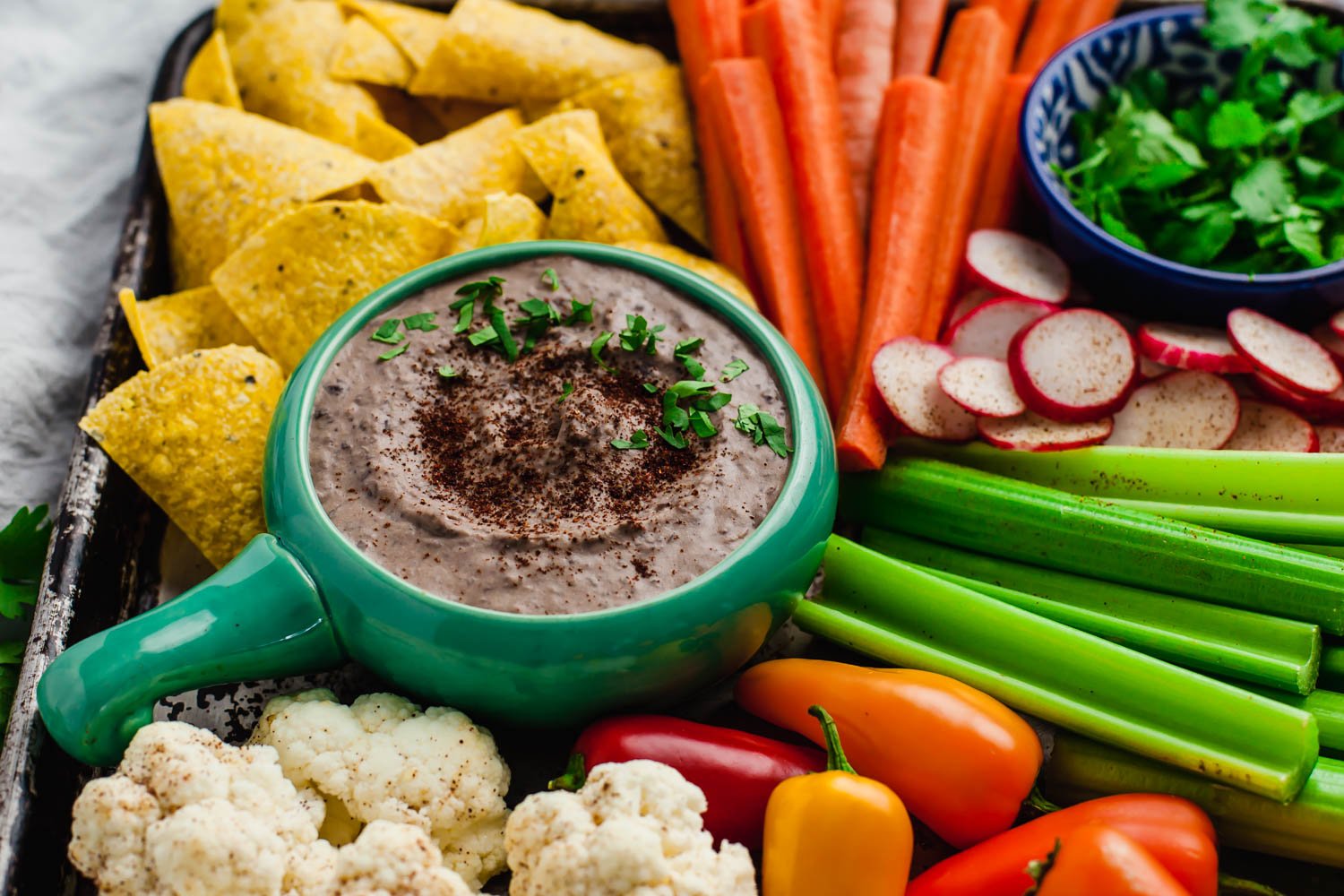
By Veronica Chavez
Sep 12, 2020,
By Veronica Chavez
Sep 12, 2020,
When you tell people your family is from Argentina, they usually expect you to be in love with three things: wine, soccer, and steak.
While I’m a proud lover of the first two (Malbec + Messi = perfection), I abandoned meat-eating at the shocking age of 10, a rare occurrence in any Latin American household, let alone a beef-loving one like mine.
Since that fateful day 18 years ago, I’ve gone through many phases on my quest to intertwine my culture and my dietary preferences. I’ve cried in bedrooms after being mercilessly teased by cousins for not being able to enjoy my grandma’s famous beef empanadas. I’ve done pretend TED talks in my parent’s living room, advocating for plant based living, trying to get my family to connect the dots between my father’s high blood pressure and the rotisserie chicken we picked up every week at the supermarket. Eventually, my family and I agreed to coexist, accepting each other’s food choices. I rejoiced in the fact that I lived in New York City, where vegan options were growing by the day.
However, as the vegan sector progressed forward with lab-grown faux meats, “burgers that bleed,” and insanely realistic mock products in every grocery store, I felt myself drifting further and further from my Latin upbringing.
The distance became even more evident when my family from Peru and Argentina visited. I remember the look on my aunt’s face as she held up the package of BBQ seitan I had just picked up from Whole Foods and read the price tag in horror, “$7.99 for this?!” It was in that moment that I realized, like so many other components of my Latina identity, my diet had been white-washed.
I had become so obsessed with re-enacting the food of my childhood, that I had forgotten how much of my ancestors’ diet was naturally already vegan. Rice, beans, avocado, plantains, quinoa, chia, pepitas, these are Latin American staples, regardless of how you’re eating. Why wasn’t I highlighting these ingredients instead of glorifying the more expensive and inaccessible side of the vegan diet?
For fuck’s sake, I didn’t need my aunt to try “Ranch-flavored Quinoa Puffs,” I needed to remind her to cook some quinoa! I didn’t need to convince my family to buy Beyond Burgers instead of rotisserie chicken, I needed to show them that not every meal of the day needed to contain meat! Cue music appropriate for an epiphany.
Eating vegan has become so incredibly innovative that it’s all too easy to forget about simple, humble plants. We’ve put so much emphasis on creating impressive-enough replicas of what our family eats that we’re forgetting to show them how much vegan food they already enjoy without even realizing it.
We’ve put so much emphasis on creating impressive-enough replicas of what our family eats that we’re forgetting to show them how much vegan food they already enjoy without even realizing it.
Making this connection is imperative to bridging the gap between what Latin families often see as a “rich white person lifestyle” filled with Vitamix-made smoothie bowls, 10-step raw desserts, and expensive vegan products with the accidentally-vegan dishes made and enjoyed every week in millions of immigrant households.
It’s the difference between shrugging your shoulders in defeat when a family member says they “hate vegan food,” and instead, listing all the vegan ingredients that make up their favorite dishes. Your uncle might hate vegan food, but I bet he likes avocados! This helps them realize how ingrained vegetables actually are in their culture.
So, to all of my fellow vegans who belong to immigrant families:
we must not forget the origins of our food.
Long before the conquerors and conquistadors came through and brought the luxury of meat to our ancestors, our ancestors thrived on plants. They tended to the land and understood the connection between food, water, soil, and human health. They became experts in adding flavor to food by using a wide range of whole plant food ingredients, including herbs and spices. Celebrating your culture doesn’t have to mean choosing to eat meat simply as a way to stay tethered to your traditions. You can embrace your ethnicity in different ways. You are not less of your ethnicity because you decide to eat differently than your family.
Embrace the differences in your family. Rejoice that the world is becoming a more vegan-friendly place that will accommodate you, regardless of whether your family decides to hop on the vegan train or not. And lastly, relish in the moments where you get to surprise your loved ones with incredible veggie dishes. As a plant eater, you have the special privilege of watching people’s minds open up right before your eyes. For me, it was the moment my Peruvian dad realized that the “ceviche” I had just served him for dinner was in fact made of young coconut meat. It was priceless.
At the end of the day, bonding with family is about far more than the food on the table. It’s about creating memories and having a safe space where each person can be their authentic selves. Plus, as I have learned over the years, watching the World Cup is just as entertaining with a glass of wine and a quinoa bowl in front of you. No steak required.
Xo, Veronica

You can follow Veronica on Instagram @veronica_vtv

Ingredients
- 1½ cups canned black beans, drained and rinsed (one can of beans) (300 g)
- ¼ cup tahini (60 g)
- ¼ cup water (60 ml)
- 2 tablespoons lime juice
- ¼ teaspoon garlic granules (can substitute garlic powder)
- ¼ teaspoon chili powder (omit if you don't like spicy)
- ¼ teaspoon salt
- ⅛ teaspoon cayenne powder (omit if you don't like spicy)
- ⅛ teaspoon cumin powder
- ¼ teaspoon black pepper (about 10 turns)
Instructions
- Place all of the ingredients into your food processor and process until super creamy and smooth, scraping down the sides as needed.
Notes
- Check out our Plant Based Charcuterie Board Inspiration post for fun ideas on how to use this recipe











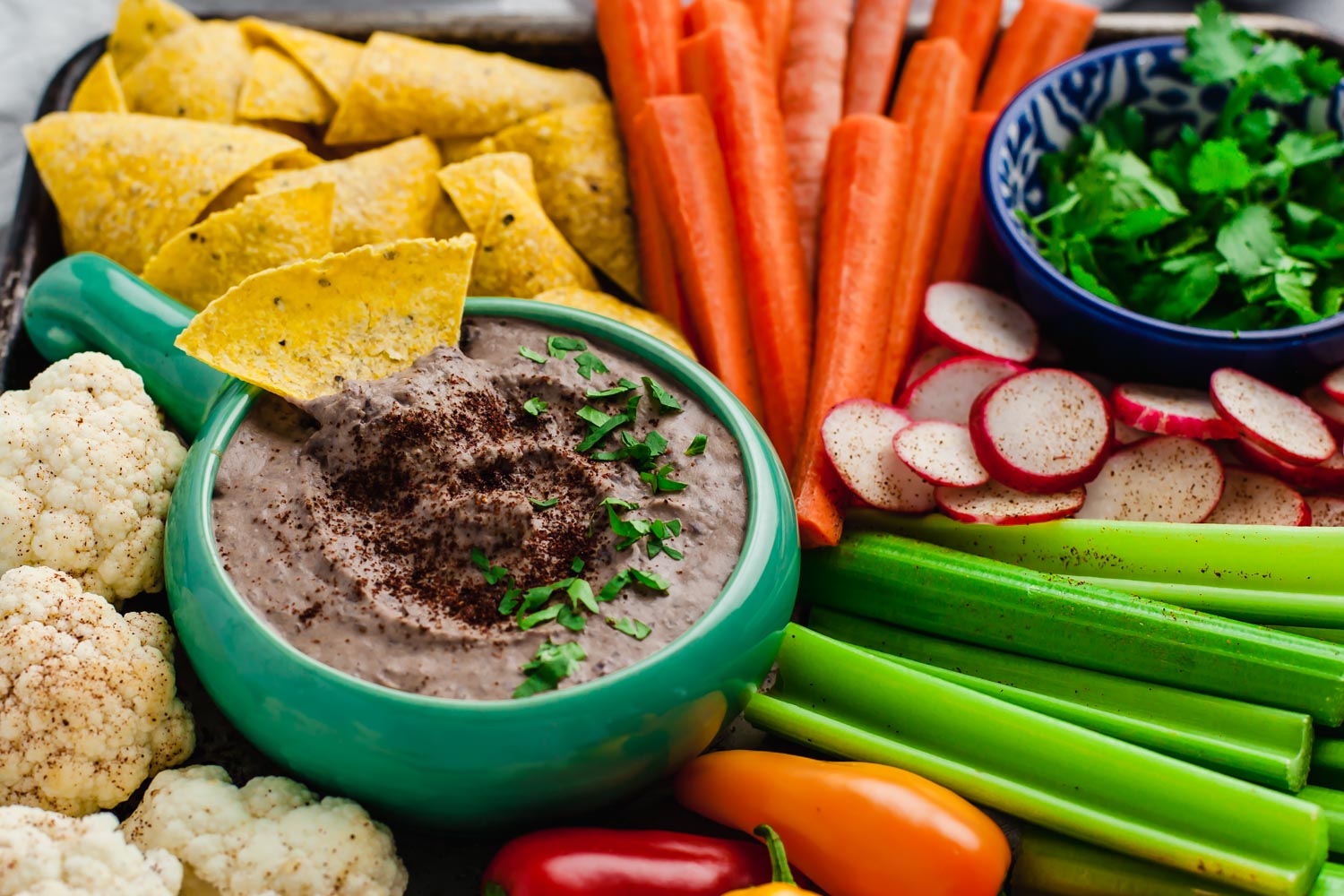
Wishing you a happy week. May it be filled with living your truth while honoring those you love.
Xo
Molly
7 Comments
Leave a Comment
Love the food that loves you back
Get instant access to thousands of plant-based recipes and meal plans, no credit card or perfection required.


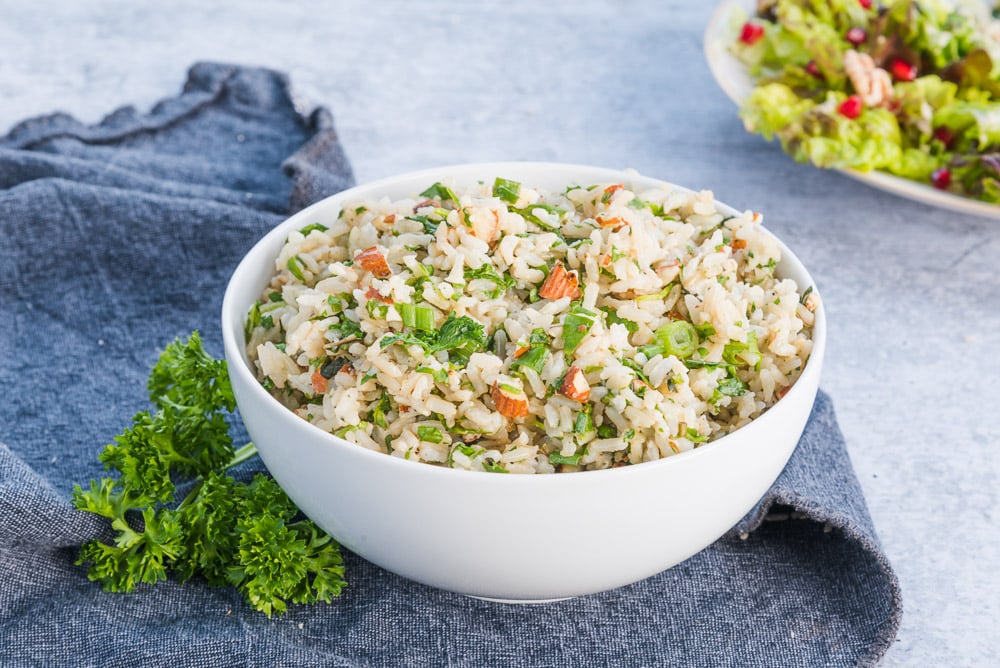


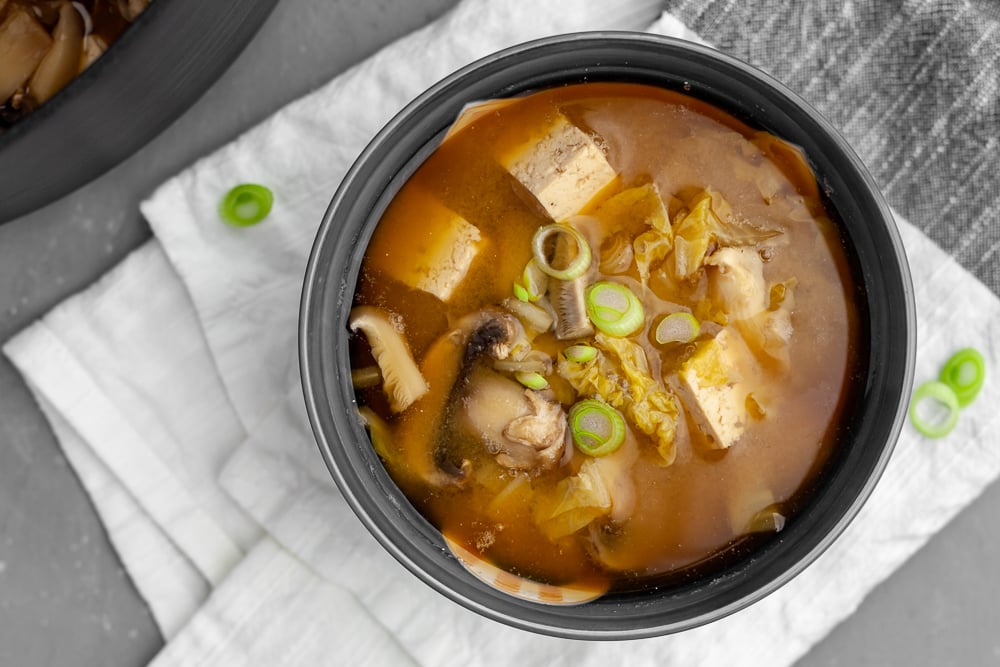
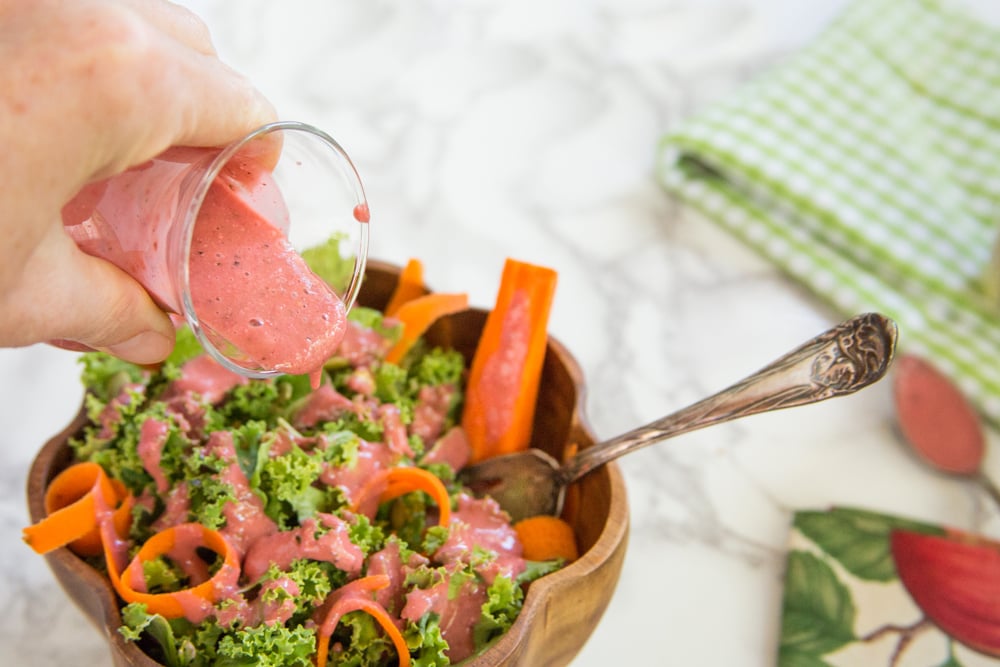

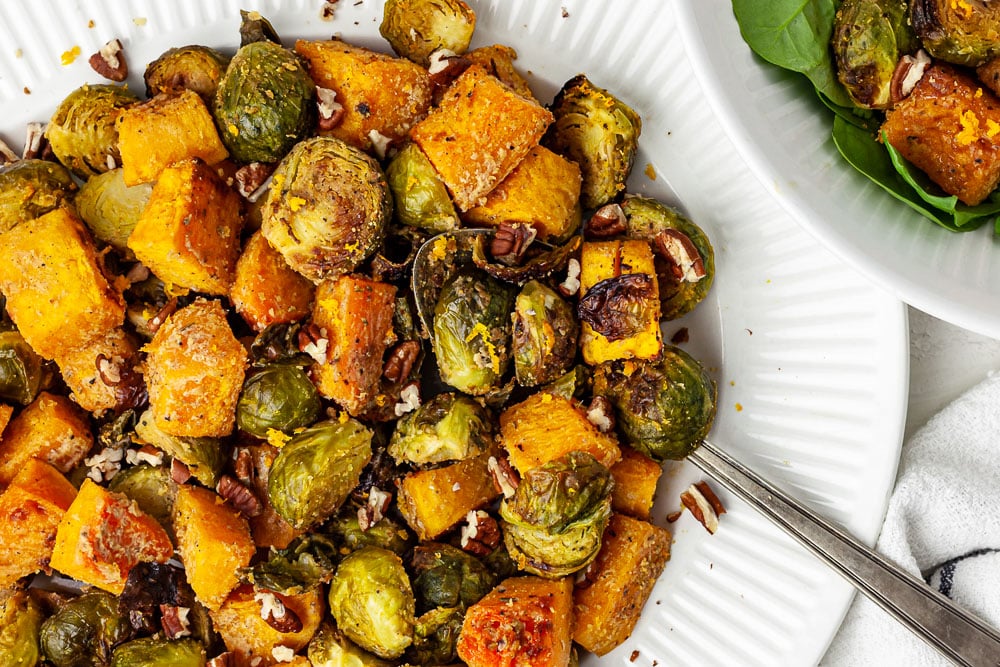




I love this so much, Veronica! “We’ve put so much emphasis on creating impressive-enough replicas of what our family eats that we’re forgetting to show them how much vegan food they already enjoy without even realizing it.” SO TRUE, and thank you for the reminder!
Hi Verónica, great post. I’m Peruvian and live in the UK with my husband. He was vegetarian when I met him and I eventually became a vegetarian too and dairy free. I can completely relate to your experiences. My family back in Lima consider a meal is not complete without some sort of meat. Like you, the first few times I tried to get fancy vegan meat substitutes and I eventually realised there were lots of naturally vegan options I could be enjoying without all the processed vegan crap. Because PERUVIAN AVOCADO. And beans and quinoa. And the trillion different types of potatoes and grains??? I realised what was stopping me was that my parents were horrified at me eating ‘poor people food’. It was the white washing of my diet and this feeling of betrayal of my familie’s traditions that was the problem. I don’t think they’ll quite get their heads round the idea that I can actually be healthy eating like this but at least, on my last trip, my mum even got me a fancy hummus 🙂 thanks for sharing your story, I’m now going to rush to Google that coconut ceviche recipe! Xx
I love this so much! Thank you Veronica for sharing your experience. I love how the simplest foods are often the best! ?
Just made this tonight for my dear sister in law. She loved it! And, I have been saved because even though I love hummus, chickpeas and I are not even on speaking terms because I can’t digest them! Now, I can go back to having big salads with a scoop of delicious hummus on top. Thank you so much for this idea!! OH! And I made it in my VitaMix!
I make hummus every week – I think I’ll make this one today! (I consider tahini the defining ingredient for hummus, and this recipe has it!) Black beans are cheap and easy to find, so we always have some around. Those spices sound good. But really, I don’t know why you wouldn’t mention fresh garlic as an option! That’s my “go-to” when moisture is not going to be an issue, and a decent garlic press speeds it up (and isn’t especially costly either) if convenience is a concern.
Welcome Veronica – love hearing about your story and journey! And I agree – enjoy the pure ingredients – no need to make them meat-like!
Another legume to substitute for garbanzo beans are cannellini beans, for Lebanese style hummus